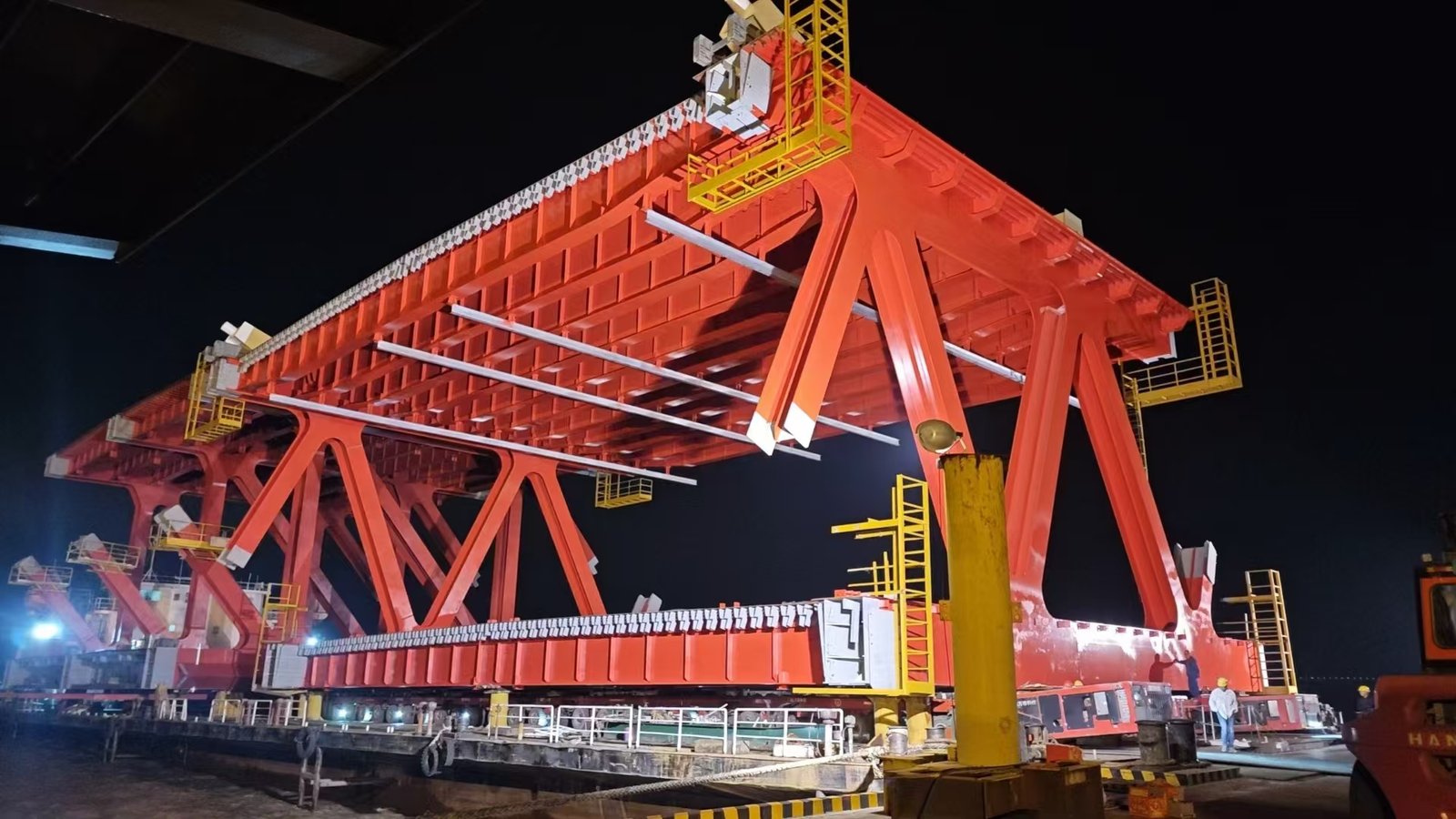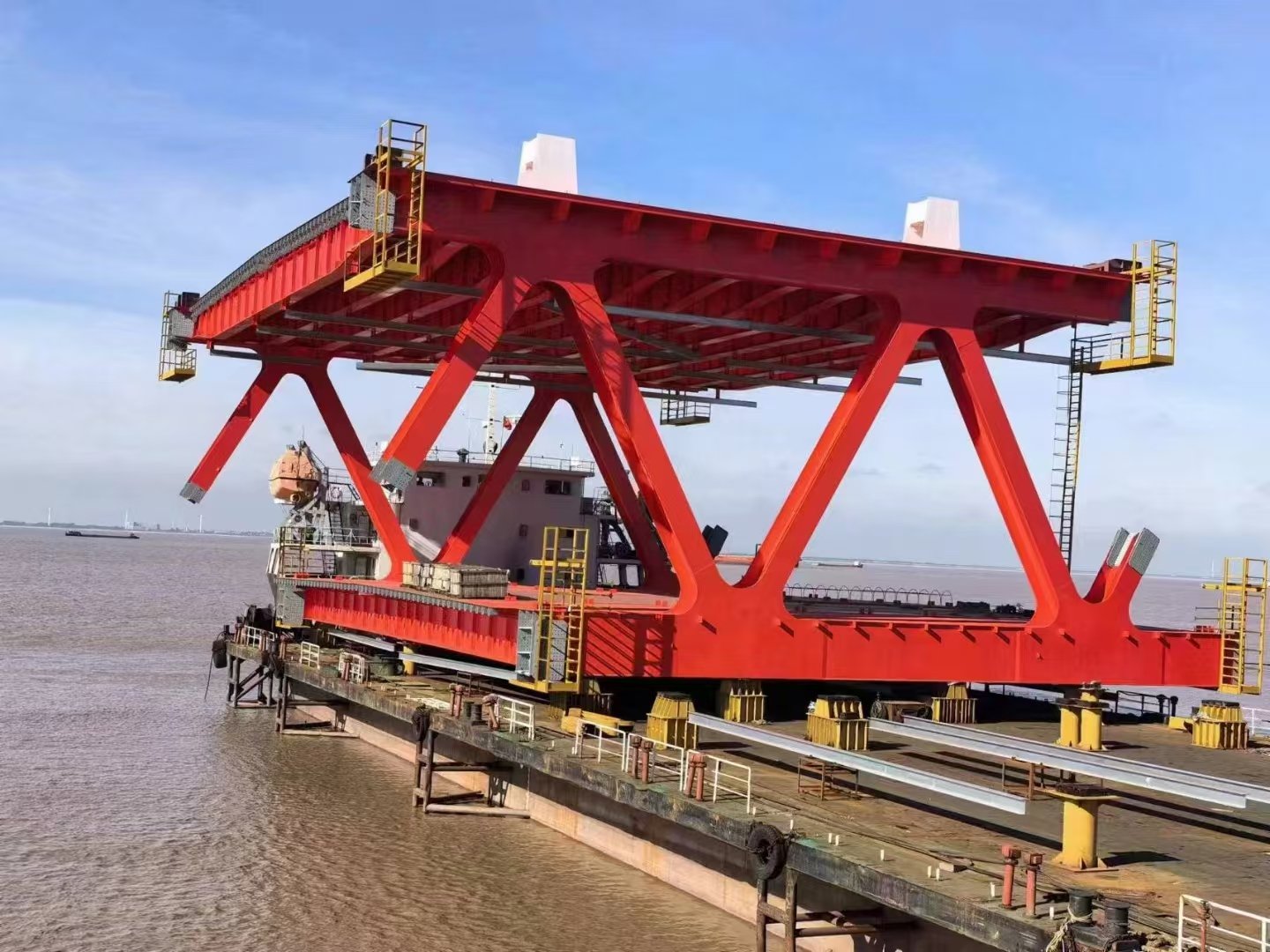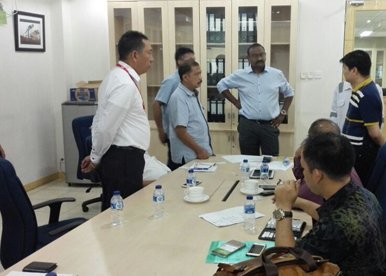
Self-Propelled Modular Transporters (SPMT)
The SPMT (Self-Propelled Modular Transporter) is a device specifically designed to transport heavy and oversized cargo. Here are some key points about the SPMT module:
Cargo Suitable for SPMT (Cargo Suitable for SPMT)
Heavy Equipment: such as generators, transformers, heavy machinery, etc.
Industrial Facilities: such as large boilers, reactors, refrigeration equipment, etc.
Steel Structures: such as large steel beams, bridge components, etc.
Ship Components: such as hull modules, cabins, etc.
Wind Turbine Components: such as fan towers, blades, etc.
Transportation Method
Dedicated road transport: The SPMT is capable of driving itself on the ground and is suitable for transport between factories, worksites and ports.
Container ship transport: In some cases, SPMT can be loaded on a container ship for maritime transport.
Road transport: SPMT can be used for road transport when rail or water transport is not available.
Considerations During Transport
Load capacity: Ensure that the load capacity of the SPMT is sufficient to carry the cargo and avoid overloading.
Stability: In the process of transportation, to ensure the fixed and stable goods, prevent tilt or slide.
Road condition check: Check the road condition before transportation to ensure that it is suitable for SPMT and avoid obstacles.
Weather factors: Pay attention to weather changes and avoid transportation in inclement weather conditions.
Considerations for Loading and Unloading
Loading and unloading equipment: Use appropriate cranes or lifting equipment for loading and unloading to ensure safety.
Ground conditions: Ensure that the ground at the loading and unloading site is level and strong enough to withstand the weight of the SPMT.
Time planning: reasonable arrangement of loading and unloading time to avoid security risks caused by delay.
Monitoring and communication: During the loading and unloading process, ensure good communication between the parties and deal with emergencies in a timely manner.
Port Loading and Unloading Requirements
Port Facilities: Ensure that the port has adequate facilities and equipment to handle the SPMT and the cargo it transports.
Safety procedures: Follow the safe operation procedures of the port to ensure the safety of the loading and unloading process.
Transportation planning: Make detailed transportation plans and schedules in advance to ensure efficient loading and unloading.
Risk assessment: Conduct a risk assessment to identify potential risk points and develop countermeasures.
Personnel training: Ensure that the personnel involved in loading and unloading are professionally trained and familiar with the operating procedures.
With proper planning and attention to these aspects, the transportation and loading and unloading process of SPMT can be ensured smoothly.



